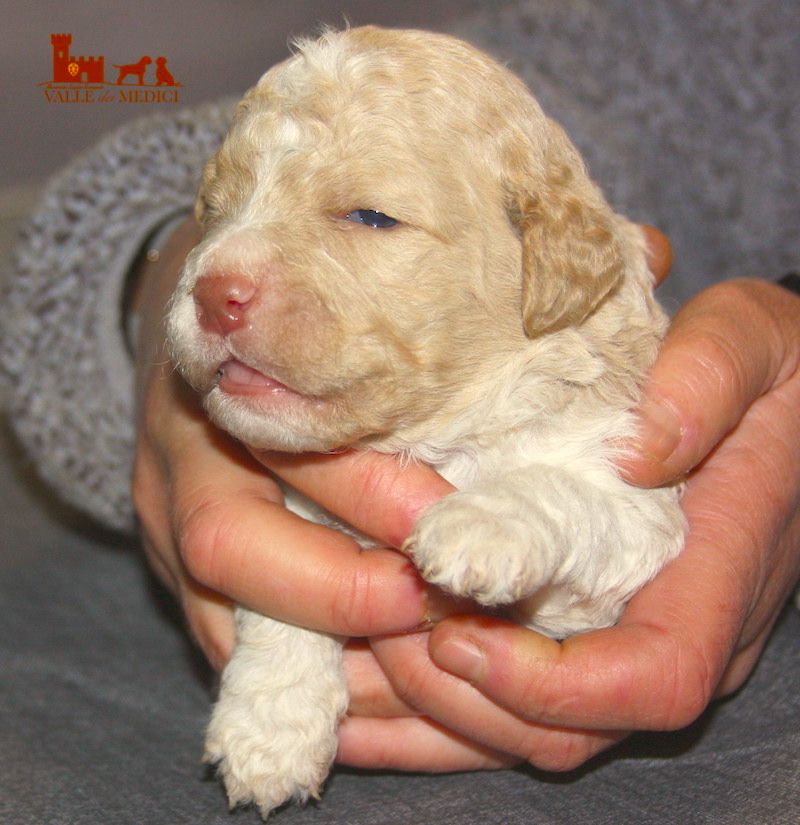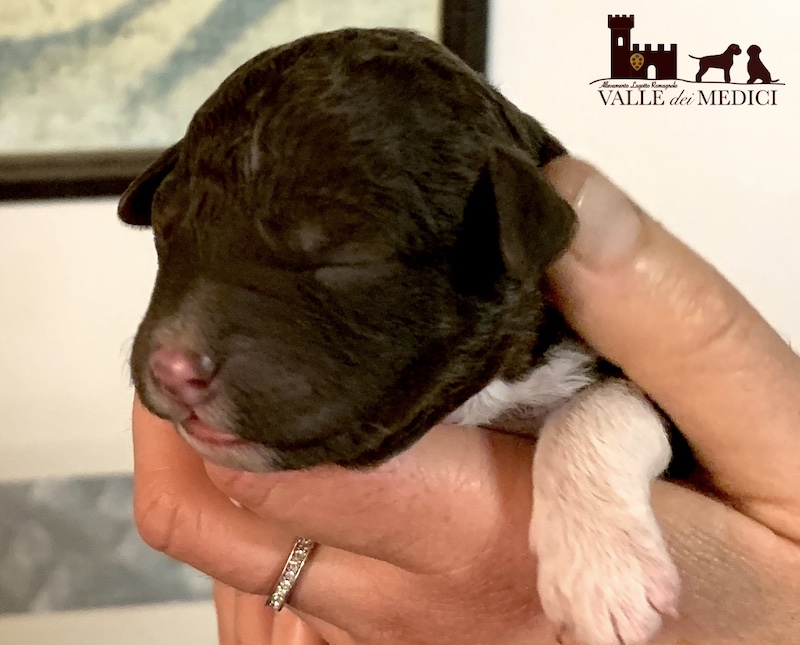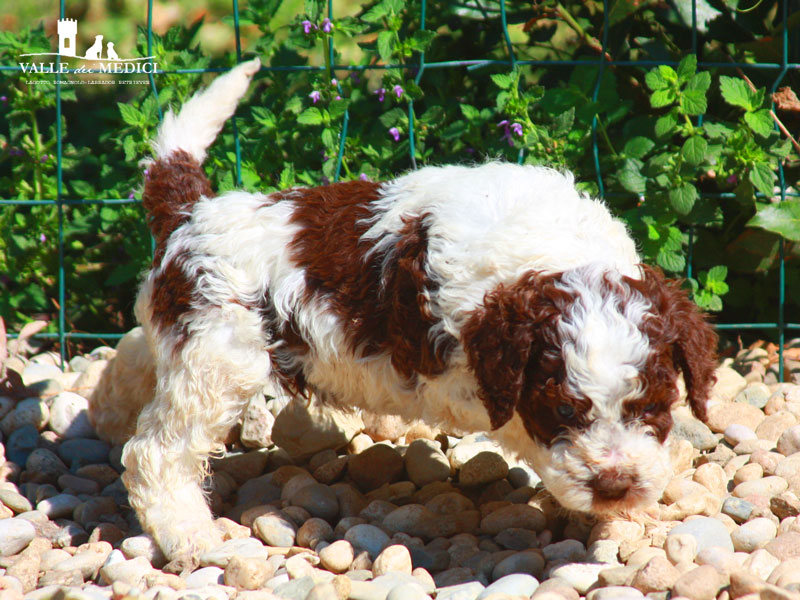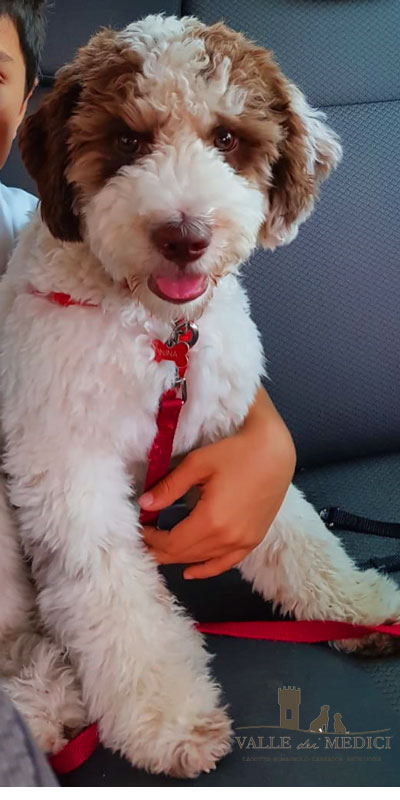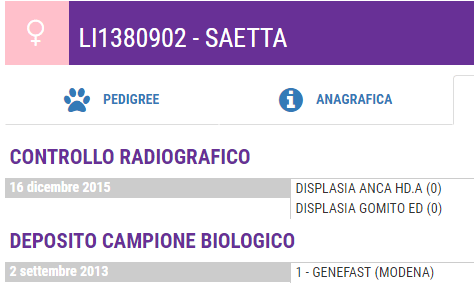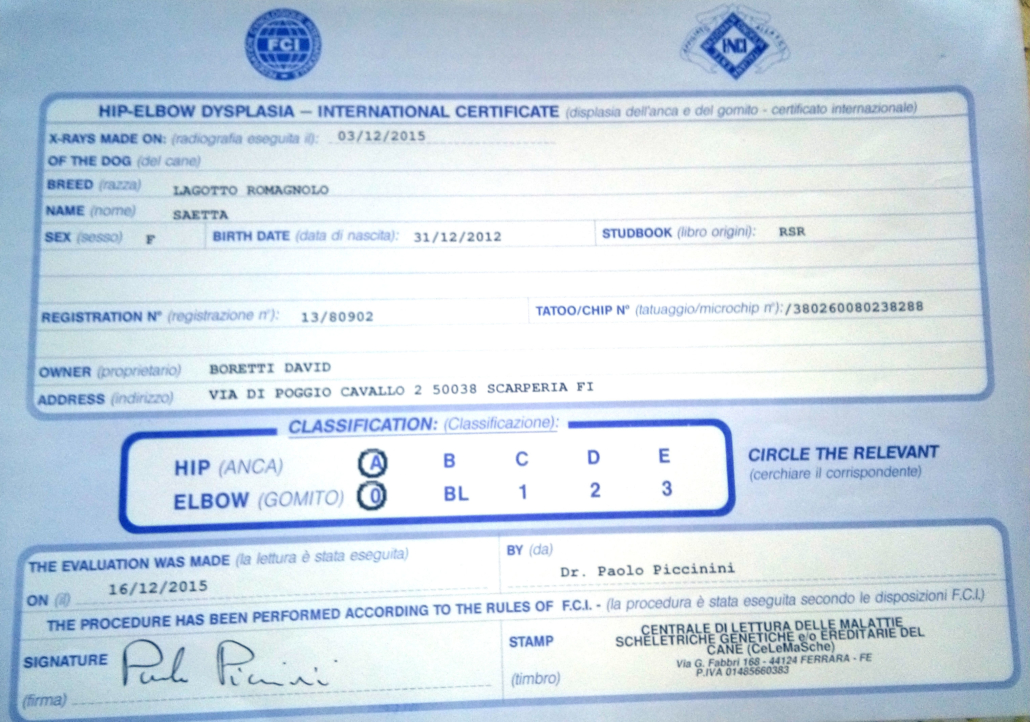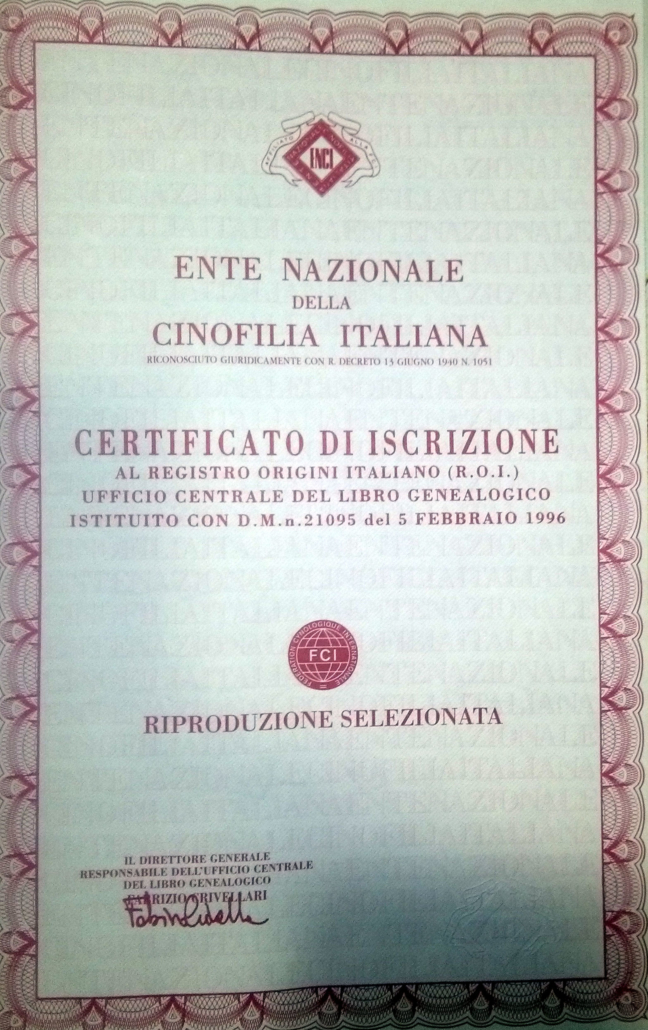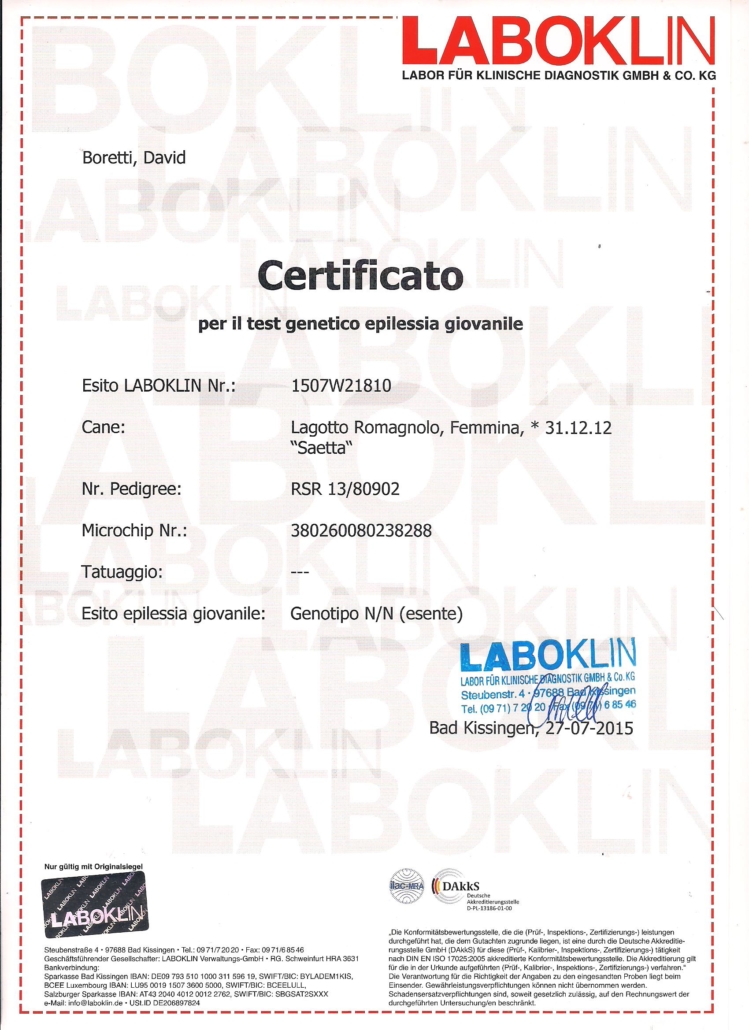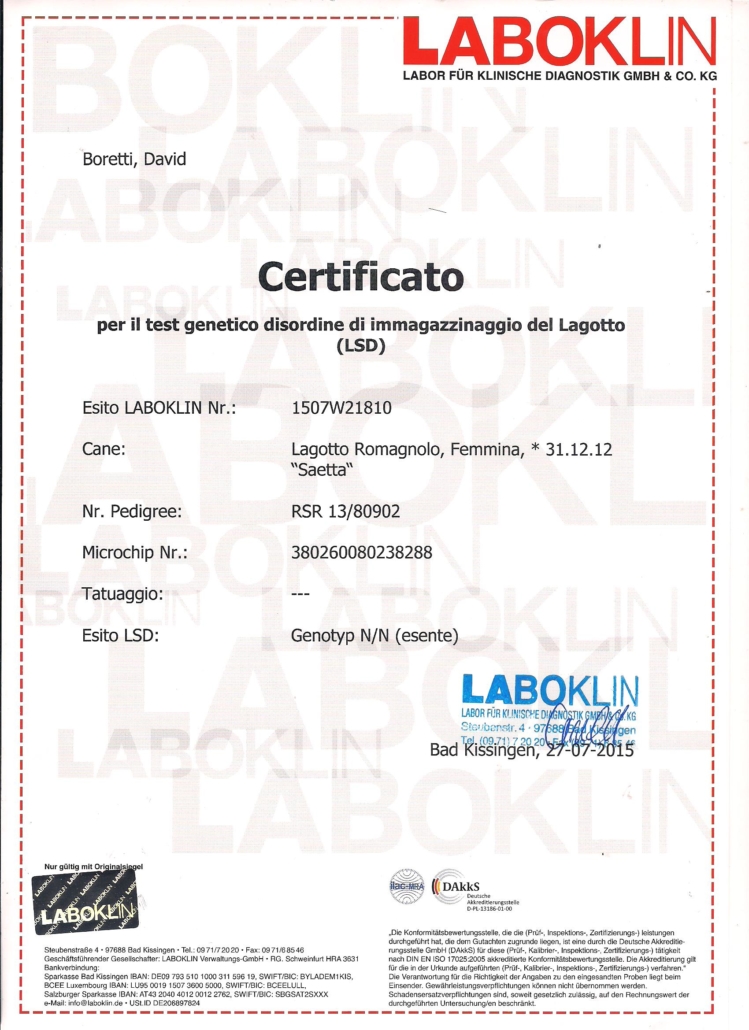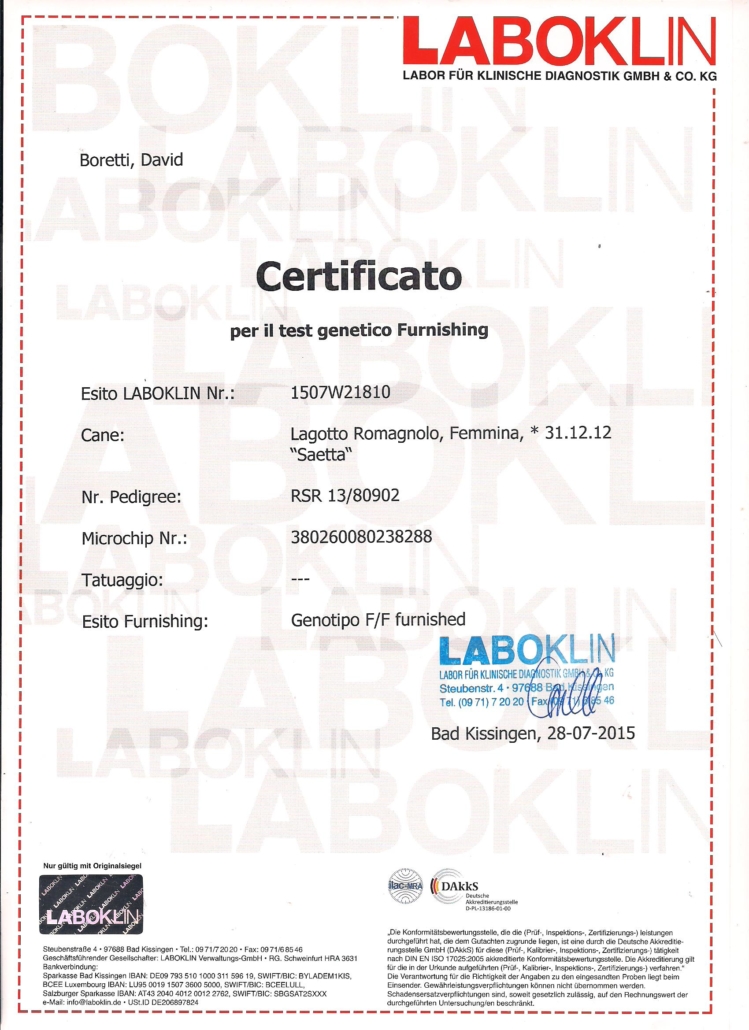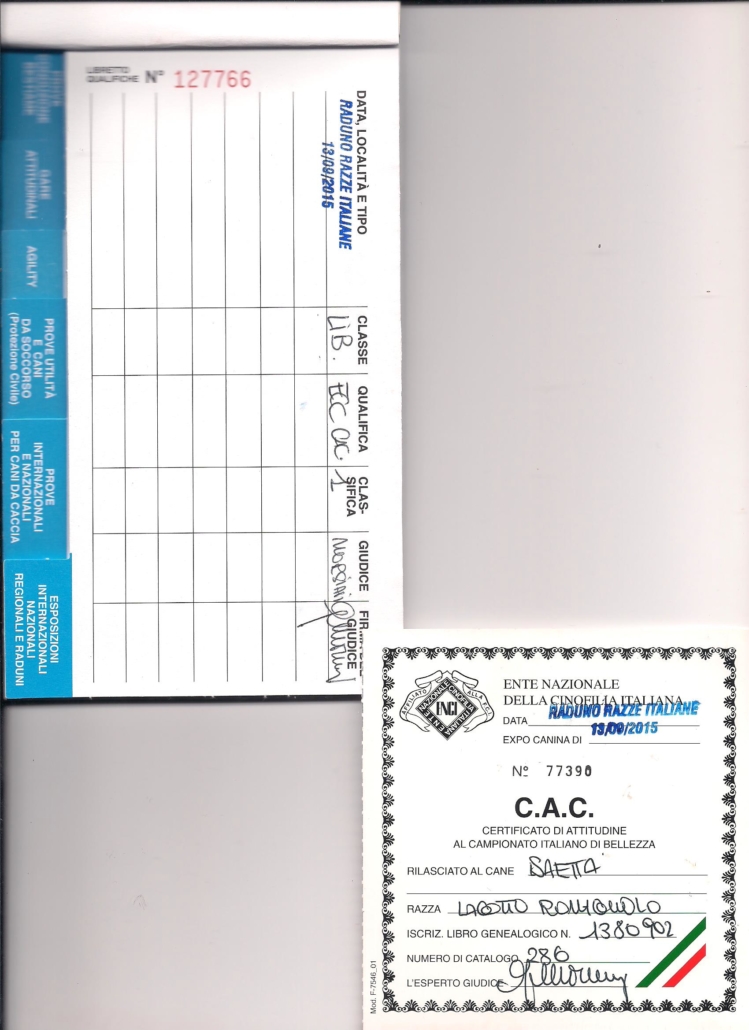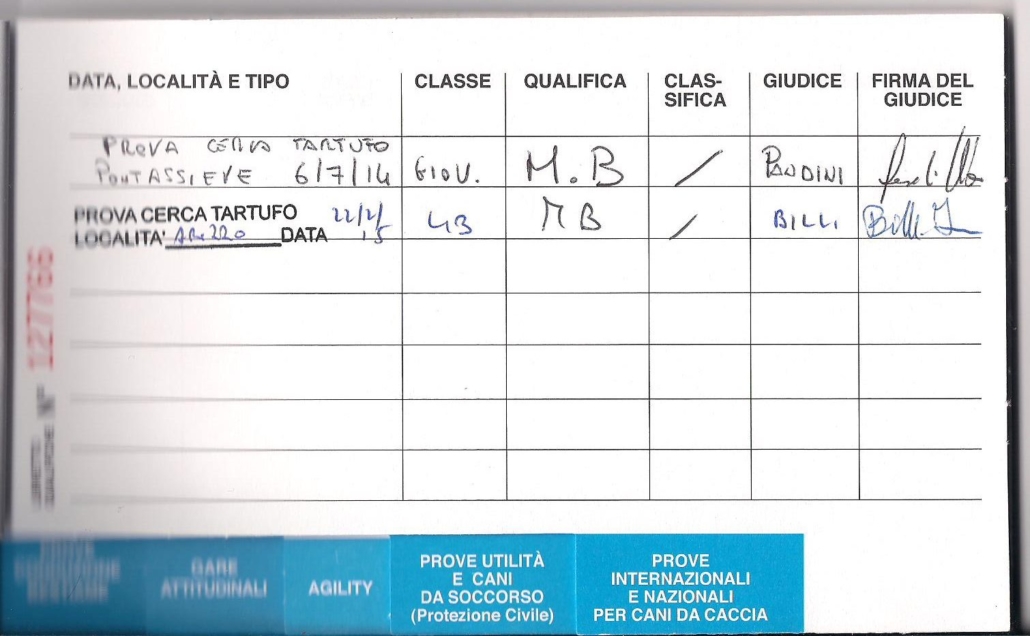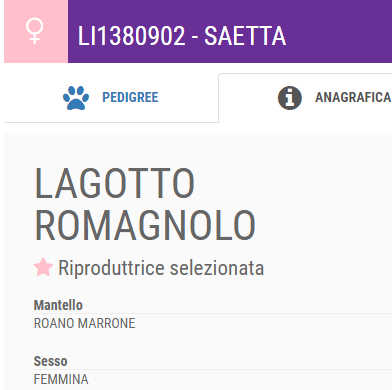Puppy needs: the first challenge in education
For those who live in a flat to teach their puppy where to dirty becomes a fundamental issue. In the long run, I dare say survival.
Even those who own a garden or a terrace have to make an effort to have the area used for this purpose recognised.
A puppy from 2 to 4 months of age is not in control and will not be able to hold back.
It takes patience and perseverance. We should not shrink from showing our disappointment when the puppy leaves the house, but nothing more.
In particular, with a Lagotto Romagnolo, excessive reproaches for something that the puppy doesn’t even understand, risk intimidating him and marking his character.
I’m thinking of old customs, I hope now outdated, such as putting the puppy’s nose in the pee or mortifying him excessively with newspaper reports.
As the puppy’s autonomy will increase.
Between two and three months, every two hours or so, he will need to make his liquid needs. We will have to make arrangements for this.
The most likely times that your puppy will need to make his needs are:
after meals
shortly after a nap
after drinking
Being regular in feeding and taking him out shortly afterwards will help your puppy to do the right thing.
Gratifying your puppy will soon help him to understand the right behaviour. Finding the right moments from the start will greatly shorten the education process.
When we clean the house, it’s important not to be seen. It must not become a game at all.
We’ll have to sanitise with products that eliminate odours; on the other hand, the puppy will go back there to do his needs.
Kennels
To the owners of our puppies who live in the flat, without outside space, I suggest to confine the areas of stay of the puppy.
The idea of using kennels or transporters of appropriate size is often not appreciated. The use of puppy enclosures gives surprising results. The feedback from families who have tried them is often extremely positive.
Of course, it should never be used as a place to extinguish a punishment.
It soon becomes a protected place, with its own toys, a mat and where you take prizes when you spontaneously enter it.
The puppy generally does not dirty the environment where it rests. Limiting the space available to the puppy, especially when we are in other busy matters, makes it easy to identify the moment when needs come.
Soon a relationship of mutual understanding will be created which is also useful in the future.
Once the initial moment has passed, the kennel for the puppy becomes a place where he can feel safe and rest peacefully.
The sleeper
The use of sleepers is not at all educational to teach your puppy to do his needs outside.
Evident! If we set up a place in the house to take care of the needs, how can we expect the puppy to ask to go out!
The use of sleepers only makes sense in the period leading up to the first vaccine booster.
A temporary solution as we will have to limit contact with other dogs whose vaccination status we do not know about. For this reason alone, and if we have no alternative, we may need sleepers.
In all other cases, sleepers are uneducational. It can be a comfort in the immediate future, but a torture for the future.
If we have used sleepers the route gets longer. We will start carrying the sleeper towards the door. Gradually we will take it out until it disappears.
Translated with www.DeepL.com/Translator (free version)

